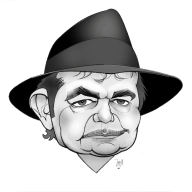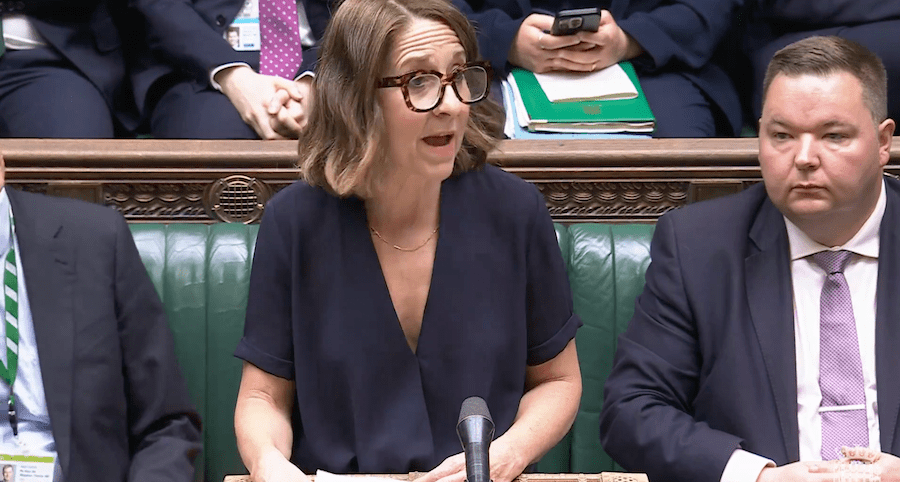Dante’s Beach, Ravenna
On the final day of their state visit to Italy the King and Queen were in Ravenna to mark the 80th anniversary of the liberation of the area in 1945 by the British Eighth Army.
What they probably did not realise is that Ravenna is a left-wing stronghold in a region – the Romagna – which was the birthplace of Italian revolutionary socialism at the end of the 19th century. Mussolini, a revolutionary socialist before he invented fascism, was born elsewhere in the region.
From 1945, Ravenna, like everywhere else in red Romagna, was run by the Italian communist party – the PCI – until the fall of the Berlin Wall in 1989 and is still run by their direct descendants. The PCI was the largest communist party outside the Soviet Bloc in Europe.
Their nickname was and still is ‘mangiapreti’ (priest-eaters) and a famous local pasta dish is ‘strozzapreti’ (priest-stranglers) because the pasta resembles rope.
Charles and Camilla attended a special meeting of the city council run by the heirs of the PCI to celebrate the 80th anniversary. They were there to celebrate the liberation of the city by British and Commonwealth troops. Charles, in a grey suit, wore his military medals.
As I feared, however, the King and Queen were forced to listen to Fabio Sbaraglia, the Mayor of Ravenna, say how ‘Ravenna was liberated by the partisan 28th Garibaldi Brigade’ albeit ‘with the fundamental assistance of the British Eighth Army’.
I’ve had to live with this kind of communist propaganda nonsense for decades.
Perhaps thankfully the Mayor was speaking in Italian and so Charles and Camilla would not have understood. There was no interpreter.
In fact, the Allies – yes with a small amount of help from the partisans – liberated Ravenna on 4 December 1944 and so not on 10 April. It was two small towns to the north, Alfonsine and Fusignano, that were liberated on the 10 April. But it is easy to see why the city’s ex-communists chose this day to hold their special 80th anniversary council meeting to coincide with the King and Queen’s visit to Ravenna: the partisans did liberate Alfonsine but only in the sense that they got there first when the Germans had already gone.
The King and Queen also visited the tomb of Dante Alighieri who wrote The Divine Comedy in these parts and died in exile here in 1321. Ravenna is famous for its 6th century Byzantine mosaics and Charles saw the most dazzling examples inside the Basilica di San Vitale. Camilla meanwhile visited the Byron Museum in Palazzo Guiccioli where the English poet lived from 1819 to 1821 with his mistress Teresa Guiccioli who was married to the much older Count Guiccioli before going off to fight for Greek liberation and die of fever in 1824. Guiccioli would comune with Byron thereafter via a spiritual medium.
The truth is the partisans, however brave, were a military irrelevance in regard to the liberation of Italy. There weren’t any to speak of anyway until the spring of 1944 when there were about 12,000 and by that winter 50,000 as the war drew to a close. They were lightly armed and their attacks on small groups of German soldiers usually caused brutal reprisals on civilians. Their numbers suddenly shot up to 200,000 in April 1945 as the war was ending.
Here is how it really went.
The Allied campaign to liberate Italy was a painfully slow affair due to the difficult terrain, a lack of materièl and men following the decision to favour the liberation of France as the fastest route to victory, and the brilliance of the German Commander-in-Chief Albert Kesselring.
It took the American Fifth Army and the British and Commonwealth Eighth Army two years to accomplish the task from the invasion of Sicily in July 1943 to the final break-out into the Po Valley in the spring of 1945 and then on to the great cities of the north.
During the winter of 1944/1945, two rivers north of Ravenna had blocked the progress of the Allies in the east: the Senio and the Santerno. It took a huge bombing raid on 9 April by more than 800 Allied aircraft on the river floodbanks inside which the Germans were hidden in tunnels to flush them out. The Allies had encountered similar problems across the front line, and prior to that, all the way up the Italian peninsular. Now, within days, the war in Italy was over.
Ravenna was one of the few places where the partisans did play a military role in the liberation but it was hardly a decisive one. How could it be? The communist 28th Garibaldi Brigade only had a few hundred lightly armed men. Nevertheless it did valuable work to the north of Ravenna as the Allies advanced from the south. But to say that they liberated the city is patently ridiculous. As at Alfonsine they may have arrived in the city first but so what?
Where are the partisan war cemeteries? How many partisans died in battle?
Every 25 April – the anniversary of the liberation of Italy – I have to put up with the Italian left which sees the liberation as its own personal property, boasting about the role of the partisans in the liberation and hardly ever even mentioning the Allies.
It makes me see red.
Right here in the Romagna there are 10 British and Commonwealth War Cemeteries (the British Eighth Army came up the east coast, the American Fifth Army the west coast).
In Ravenna, the war cemetery contains the mortal remains of 988 British and Commonwealth soldiers.
In Forli, 20 miles inland from Ravenna, there are two such cemeteries containing the mortal remains of 1,234 Eighth Army soldiers. To offend me even more some years ago Forli’s then left-wing city council named the road leading to the cemetery Via dei Partigiani (Partisan Street).
Where are the partisan war cemeteries? How many partisans died in battle?
I recall vividly the words of a Canadian veteran I once spoke to who took part in the liberation of the Romagna. ‘I never even saw a partisan,’ he said.
Worse, really, the Italian left would have you believe that the communist partisans – the majority – were fighting for the la patria and democracy. It is not true. They called themselves ‘patriots’ but they were fighting for the Soviet Union and communism.
The partisans also committed appalling atrocities as the north of Italy was liberated and they were supposed to hand over their arms but did not. It is impossible to quantify with precision but the best estimate is that they killed in cold blood about 30,000 unarmed fascist soldiers who had surrendered and civilians who had supported fascism.
These included the victims of the massacre at Codevigo near Padova of unarmed fascist soldiers who had surrendered plus civilians between May and June 1945: 136 bodies were discovered in shallow graves or floating in the river Brenta but there were probably many more victims.
The 28th Garibaldi Brigade – the one that it is claimed liberated Ravenna – was one of two partisan groups in Codevigo at this time. Its commander was Arrigo Boldrini, a devout communist who had received the highest military honour – the medaglia d’oro – and after the war became a PCI MP, then Senator, from 1948 until 1994. Boldrini was investigated but never charged. Four of his men were put on trial but acquitted. He was also president of the national partisan association for 49 years.
During his speech in Ravenna the Mayor spoke mostly about how marvellous Boldrini was and how he was a symbol of the new democratic Italy. At least two thirds of his speech was about the partisans – one third about the Allies.
God save us from such rubbish – and of course God save the King.









Comments